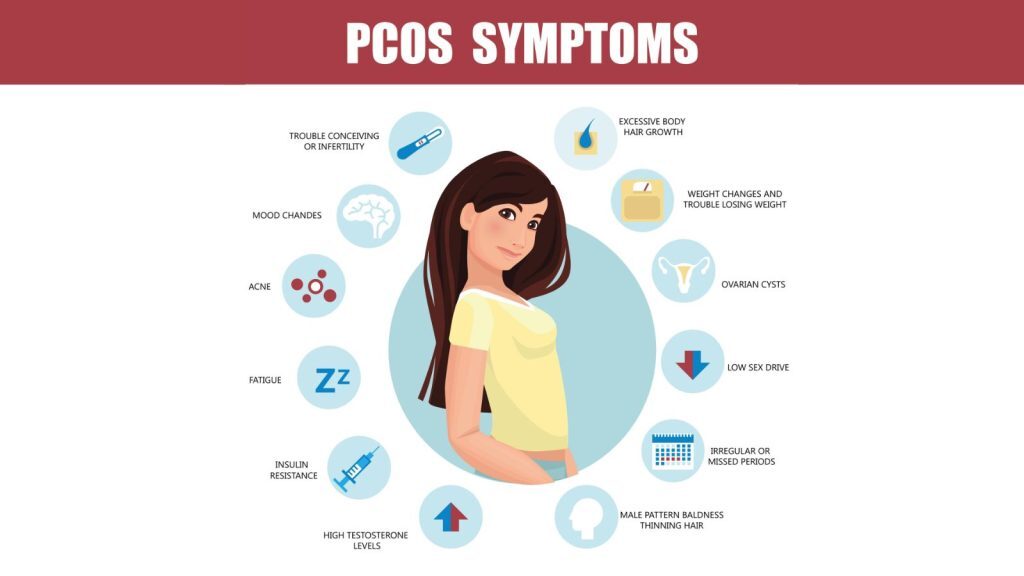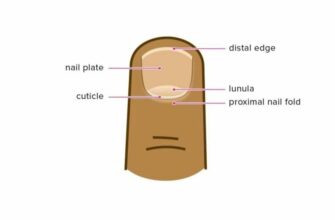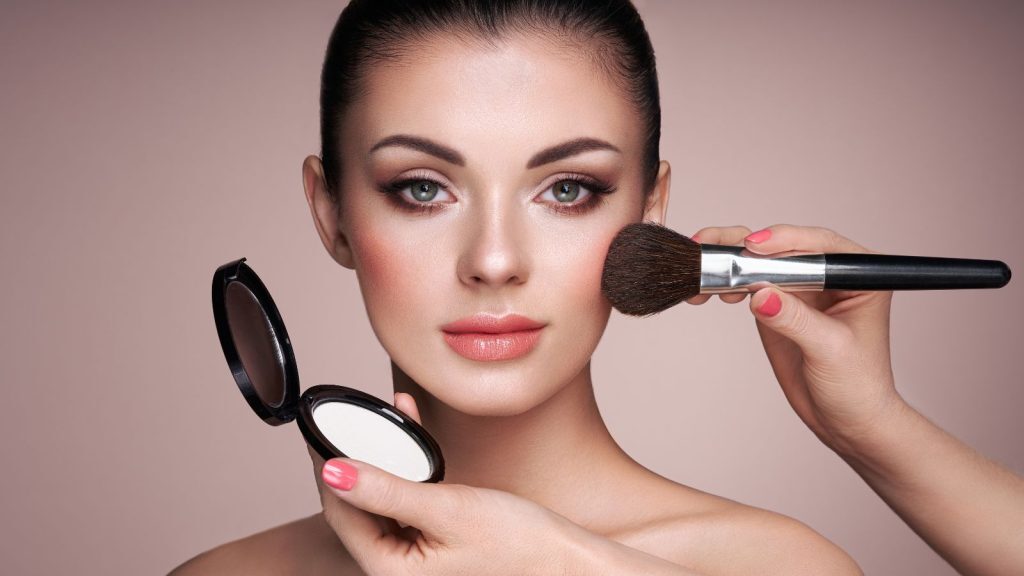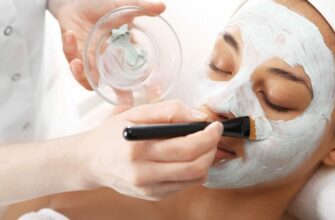If you’ve ever been waxed, you know the drill: hot wax is spread over your skin and then ripped off quickly, taking the hair with it. The process is definitely not pain-free, which is why some people choose to numb their skin beforehand with a numbing cream.
But does numbing cream work for waxing? Let’s have a concise conclusion to this query in this post.
Applying numbing cream, also called topical anaesthesia, involves applying cream onto the skin to desensitize a particular area. Numbing cream works by temporarily blocking the pain signals that are sent from the nerves to the brain.
This method can effectively diminish or eradicate discomfort while undergoing procedures like injections, tattooing, and waxing. There are a variety of numbing creams available on the market, and it is important to choose one that is suitable for your needs.
Different numbing creams possess varying degrees of strength, so it may be necessary to test several before determining the most suitable one for your requirements.
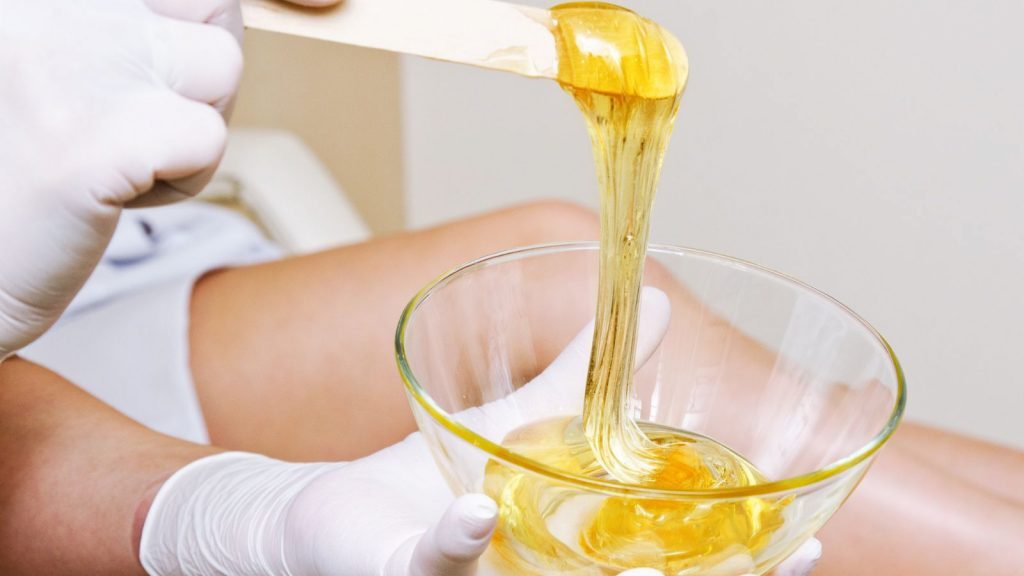
There is some science behind numbing creams. They work by temporarily blocking pain signals from the nerves to the brain. Most numbing creams contain lidocaine, a common local anesthetic that is also used in dental procedures.
To be effective, you need to apply numbing cream about 30 minutes before your waxing appointment. Follow the instructions on the package and avoid getting the cream into your eyes or nose.
Wash it off before applying lotions or oils to your skin.
A strong numbing cream can provide pain relief for various medical procedures and treatments. Numbing creams typically contain lidocaine, which works by temporarily numbing the skin.
Applying a numbing cream before a medical procedure can help to reduce pain and discomfort. It is essential to carefully select a numbing cream that caters to your specific needs, as numerous options are available in the market.
The best numbing creams can last up to 6 hours, but it really depends on the individual person. The cream’s effectiveness duration is influenced by the skin’s thickness and the extent of coverage.
If you have very thick skin, it might take longer for the cream to work. Alternatively, if you possess a limited space that is protected, the cream’s longevity will be extended.
The active ingredient in most numbing creams is lidocaine, which blocks nerve signals. Most numbing creams also contain other ingredients like menthol or camphor, which can help to further numb the skin.
Numbing cream contains an active ingredient called lidocaine. This substance blocks the pain signals sent from the nerves to the brain. The pain signals sent from the nerves to the brain are effectively blocked by this substance.
When used as directed, numbing creams are safe for most people. Nevertheless, there is a minor chance of nerve damage. This usually occurs when the cream is applied directly to the nerves or when it’s used for an extended period of time.
In case you encounter any sensations of numbness, tingling, or discomfort subsequent to applying a numbing cream, cease usage and seek advice from your doctor.
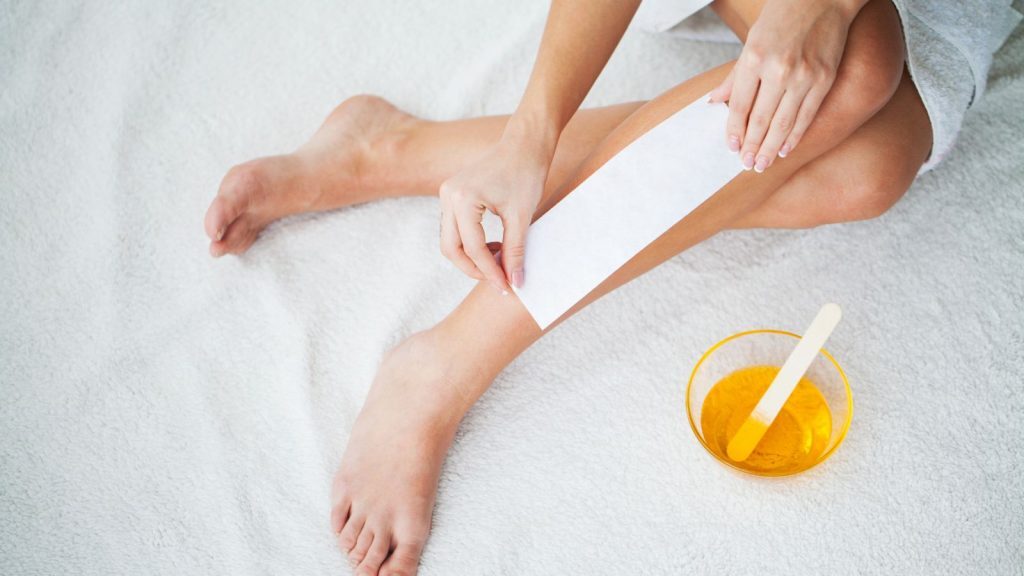
Opting for a makeup remover or an oil-based cleanser is the superior approach. If you don’t have either of those on hand, you can also use a cotton pad soaked in warm water.
To get rid of the numbing cream, delicately knead it into your skin in a circular pattern until it starts to disintegrate. Then, use a cotton pad to wipe it away. It could take a few attempts before all of the creams are completely removed.
Once you’ve removed the numbing cream, wash your face with soap and water to remove any residue.
The duration of numbing creams usually ranges from 1 to 2 hours, although certain formulations assert a duration of up to 4 hours.
When you first put numbing cream on, it will take a few minutes to numb. The feeling of numbing sensation will gradually increase and then peak after 15-20 minutes. The numbness from the cream should last for about 2 hours.
Once the numbness starts to wear off, you may feel a tingling sensation. This is normal and should go away within 30 minutes. Contact your doctor if the tingling sensation lasts beyond 30 minutes or becomes distressing.
But according to experts, the most painful area to wax is actually the eyebrows. The skin around the eyebrows is extremely thin and delicate, which results in a high concentration of nerves in that specific region. Extracting a chunk of wax can cause significant discomfort.
If you’re looking for a numbing cream that is going to be very effective, you might want to try out a lidocaine-based cream. These creams are typically used by medical professionals for procedures such as injections, so you know they’re going to be good at numbing the area.
In numbing creams, lidocaine and benzocaine are the two primary active components to seek out. Lidocaine is a stronger option that will numb your skin more quickly.
While benzocaine takes a bit longer to work but is gentler on the skin. Benzocaine might be a preferable alternative for individuals with sensitive skin.
Once you’ve applied the numbing cream, you should start to feel its effects within about 20 minutes. The more sensitive areas of your body will be numb, so you shouldn’t feel any pain when the waxing technician starts working.
If you start to feel pain, don’t hesitate to ask for more numbing cream.
Pros
- Numbing cream can help to reduce the pain associated with waxing.
- It can help to make the waxing process quicker and less uncomfortable.
- Numbing cream can help to keep the skin feeling smooth and soft after waxing.
- It can help to reduce redness and inflammation after waxing.
- Numbing cream can help to make waxing less of a traumatic experience overall.
Cons
- Numbing cream can cause the skin to become more sensitive after waxing, which may lead to more discomfort.
- It can make it difficult to remove all of the hair during waxing if not used properly.
- Numbing cream can increase the risk of burns if it is not applied properly.
- It can make the skin more susceptible to bruising after waxing if not used correctly.

It can be daunting to identify the most effective numbing cream for individual needs, given the abundance of options in the market. When deciding on a numbing cream for waxing, keep in mind these key factors:
- The active ingredient: Most numbing creams contain lidocaine or prilocaine, which are both effective at numbing the skin.
- The concentration: A higher concentration of lidocaine or prilocaine will generally result in greater pain relief.
So, which numbing cream is best for tattoos? It depends on your individual needs. For a lasting impact, seek out a cream that includes lidocaine or prilocaine. For a stronger effect, choose a cream with tetracaine or bupivacaine.
If you’re looking for the best numbing cream to use for laser hair removal, look no further! We’ve got the lowdown on which numbing creams work best to minimize pain and discomfort during your treatment.
Laser hair removal can be a painless experience with the right numbing cream. With an overwhelming number of products, deciding which is the most suitable can take time. That’s why we’ve put together this handy guide to help you find the best numbing cream for your needs.
Whether you’re looking for a budget-friendly option or the most powerful pain relief possible, we’ve got you covered. So read on to find out which numbing cream is right for you!

